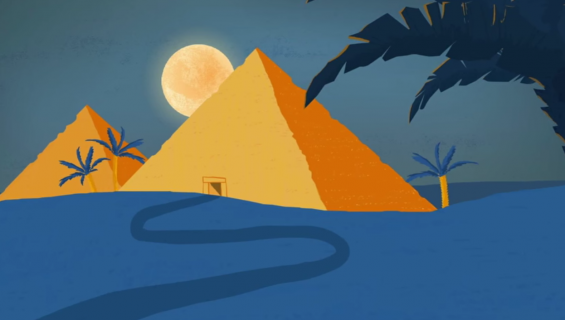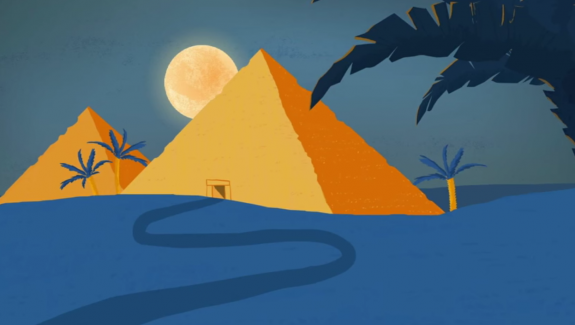
So you want to be an archaeologist….
Sarah Parcak has one of the coolest jobs in the world. As a modern-day Indiana Jones, she looks at infrared satellite images of Earth to help identify lost pyramids and ancient cities across North Africa, Europe and the Mediterranean. Then, she grabs her hat and travels to these sites to help explore, preserve and protect the past.
What advice does she give to students interested in archaeology? Here’s what she told them at TEDYouth in 2015.
Get ready for an era of discovery. “Here’s the thing,” says Parcak. “Every week in my lab, my team and I are challenged by trying to find new archaeological sites in places all over the world where I don’t think we’re going to find anything, and guess what? I’m nearly always wrong. Everywhere we look we find new settlements, new temples, and even potential pyramids, showing us that we need to reassess and reanalyze almost every archaeological site in the world.”
Study science, because that’s the future of archaeology. ”The most incredible innovations in archaeology are happening today because of inventions in areas like DNA mapping, chemical testing, and 3D laser scanning,” says Parcak. These technologies weren’t even around 20 years ago. I think that there are millions of undiscovered archaeological sites around the world, and the only way that we’re going to find them is by using satellites and as-yet undeveloped technologies that you all will help invent.”
Learn from the innovators of the past. For example, says Parcak, ”In Jordan, the world-famous archaeological site of Petra was home to the Nabataeans, an incredible civilization that lived there 2,000 years ago. The Nabataeans were geniuses at water management, collecting millions of gallons of water per year in cisterns that allowed them to have incredible trade and amass great wealth. It’s amazing that they were able to have their civilization in this desert that gets less than six inches of water per year. It shows us just how resilient and creative human beings can be in the face of extreme environmental challenges.”




